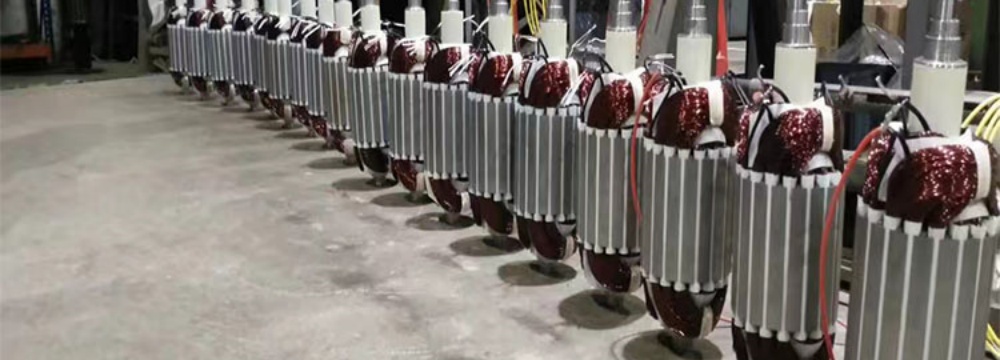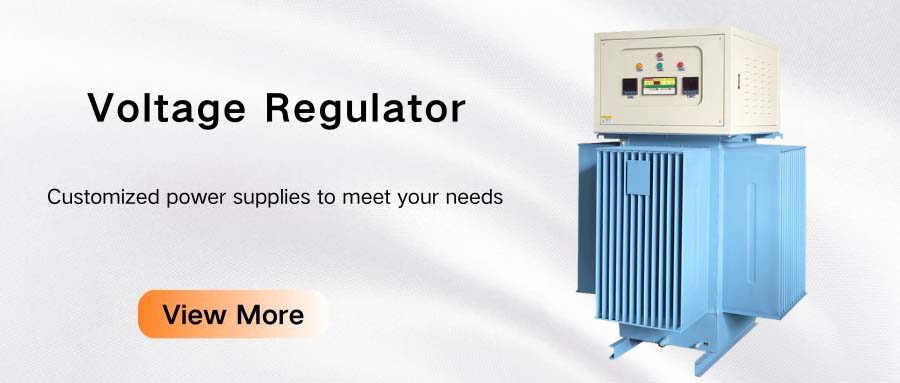A voltage regulator is a device designed to automatically maintain a constant voltage in electronic engineering.
The voltage regulator is a rectangular box made of metal. It consists of a voltage regulating circuit, a control circuit, a servo motor, etc. It is mainly used to adjust the voltage, that is, to control the power supply voltage with large current fluctuations and cannot meet the requirements of electrical equipment within its set value range, so that each circuit or electrical equipment can work normally under the rated working voltage. The main types of voltage regulators are switching regulators, linear regulators, etc.
Application of voltage regulators
Linear regulators are usually used in cost-sensitive, noise-sensitive, low-current or space-constrained applications, such as consumer electronics such as headphones, hearing aids, wearable devices, and IoT devices. Switching regulators are usually used in applications that require high efficiency and high performance, such as consumer, industrial, enterprise, and automotive applications.

Types of voltage regulators
Linear regulators
1. Basic principle: Linear regulators achieve voltage stability by adjusting the internal conduction impedance. It usually contains a reference voltage source, an error amplifier, and a power element (such as a transistor).
2. Working process:When the input voltage changes, the regulator monitors the output voltage and compares it with the reference voltage. The error amplifier outputs the comparison result to the power element and adjusts its conduction degree to keep the output voltage near the set value.
The advantages of linear regulators are small output voltage fluctuations and low noise, but their energy efficiency is relatively low because the excess voltage will be dissipated as heat.
Switching regulator
1. Basic principle: The switching regulator controls the current by quickly switching the switching element (such as MOSFET) and achieves voltage regulation through the energy storage element (such as inductor or capacitor). Common ones are boost, buck and buck-boost regulators.
2. Working process: The switching element is turned on and off periodically, storing energy when the current passes through the inductor, and then the inductor releases energy when it stops conducting, thereby regulating the output voltage. The control circuit monitors the output voltage and adjusts the switching frequency and duty cycle as needed to maintain a stable output voltage.
The advantage of a switching regulator is its high efficiency, especially when the input voltage and output voltage differ greatly, but its output waveform may contain high switching noise.
In summary, whether it is a linear regulator or a switching regulator, the basic working principle of the regulator is to monitor voltage changes in real time and adjust the output to maintain a stable voltage. Voltage regulators are crucial in electronic circuits and are widely used in power management and protection circuits to ensure the normal operation of subsequent circuits and equipment.







